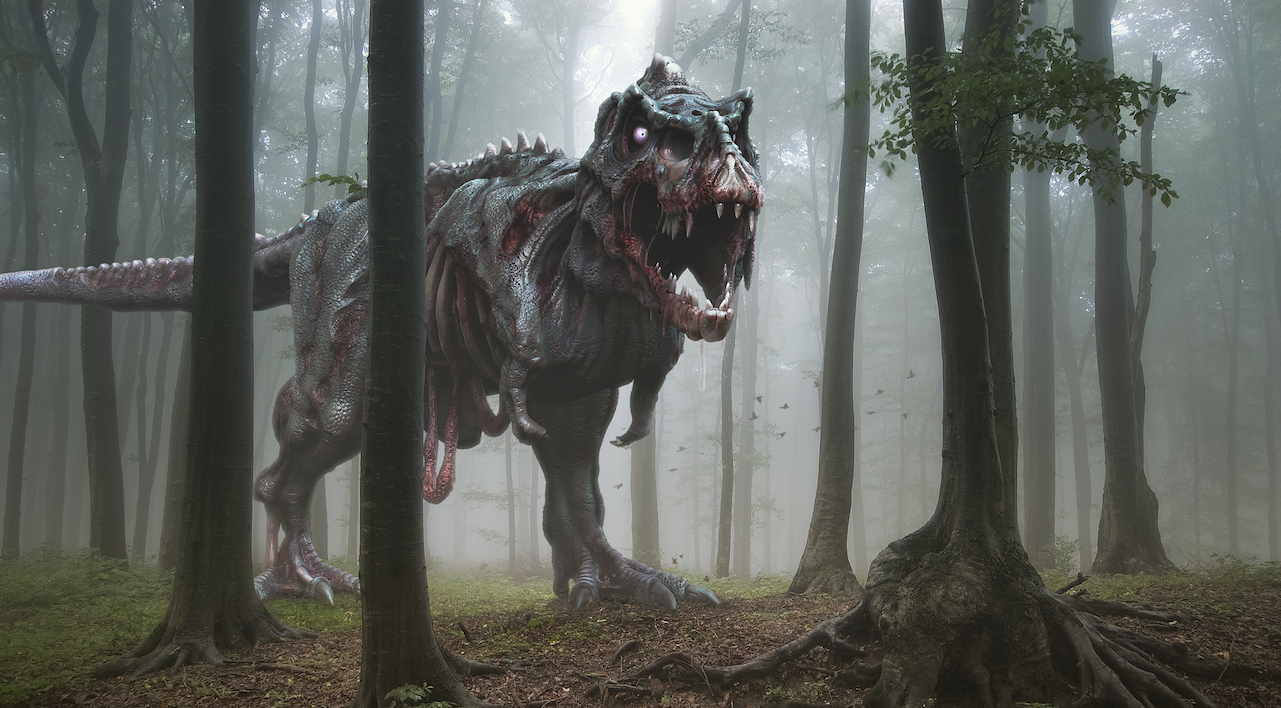
Incomplete fossils can provide a distorted view of ancient life
A new study led by the University of Leicester is reporting that fossils may not always provide an accurate representation of what an animal was like when it was still alive. Animals decompose and often lose parts of their bodies as they deteriorate, and so the images projected by fossils can be distorted.
A research team comprised of paleontologists examined animal carcasses as they gradually decomposed to get a better understanding of the process. They found that, over time, the fossils are reduced to incomplete specimens.
Scientists reconstruct fossils in order to answer fundamental questions about extinct animals. A more accurate conclusion can be drawn about ancient animals and their surroundings if paleontologists become aware of how much of a fossil is missing or what may have been altered during the decomposition process.
“As soon as an organism dies, it starts to decay, and this process of decomposition inevitably involves changes in how features or body parts look: they may collapse, alter their shape or position; all too soon they liquefy and are eaten by bacteria until nothing remains,” said Professor Sarah Gabbott.
“The more a body deteriorates over time, the more body-parts are missing – rather like modern representations of zombies in Game of Thrones and The Walking Dead,” said study lead author Mark Purnell.
Purnell explained that the key to working with incomplete fossils is having the ability to recognize partially-decomposed features and missing body parts.
The researchers used “laboratory decay experiments” to document every body part that decayed from a wide range of decomposing animals. These experiments gave the researchers new insight into the process of decomposition and fossilization.
The study authors emphasized the importance of determining how a fossil formed before it is reconstructed or analyzed.
Co-author Dr.Maria McNamara explained: “If we understand this we are better able to avoid producing incomplete restorations of animals with crucial parts missing or decayed, and to recognize and be aware of the gaps in our knowledge.”
The research is published in the journal Palaeontology.
—
By Chrissy Sexton, Earth.com Staff Writer
Image Credit: Herschel Hoffmeyer













